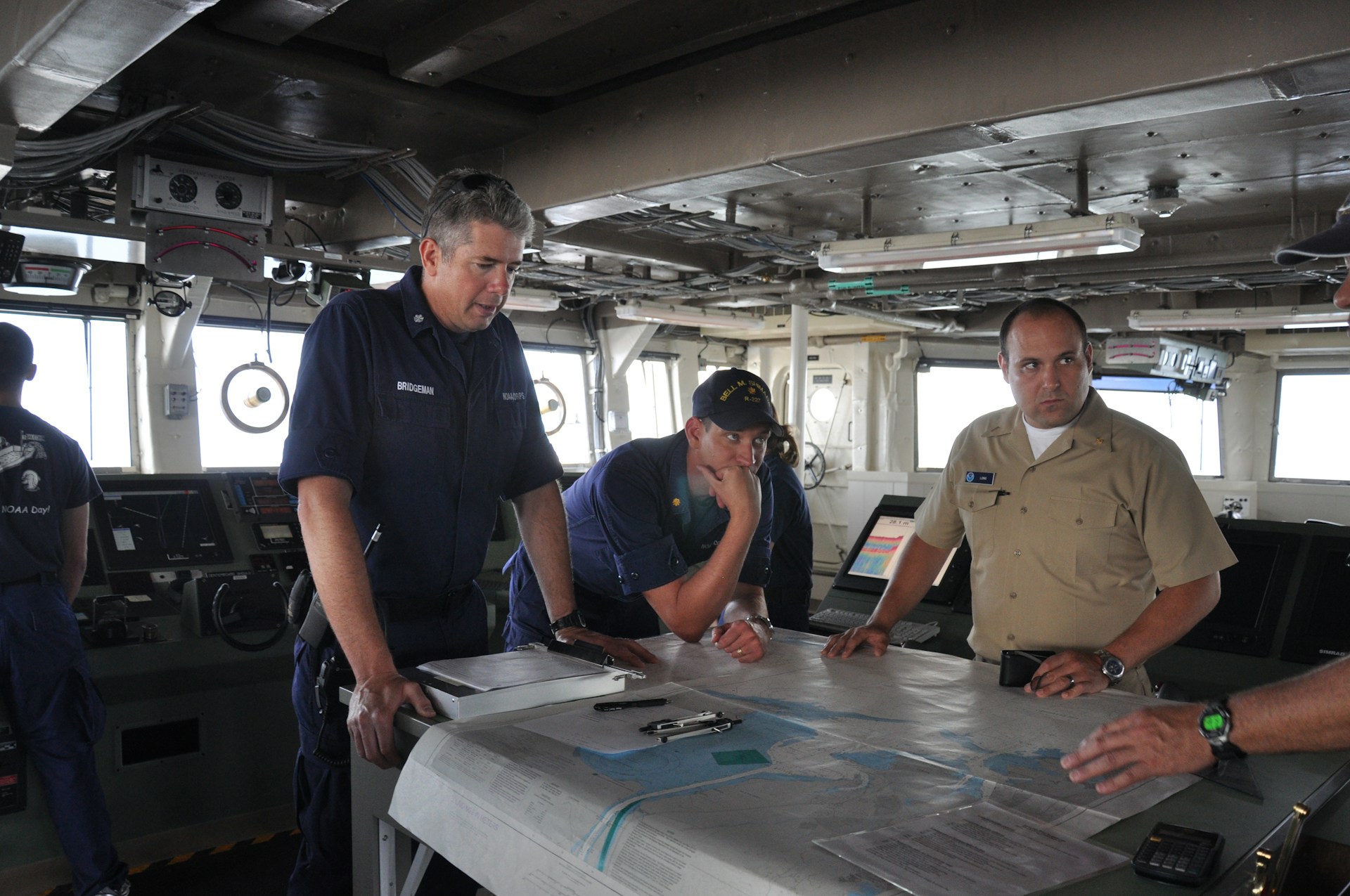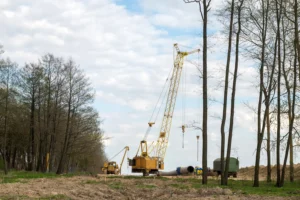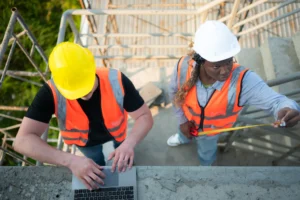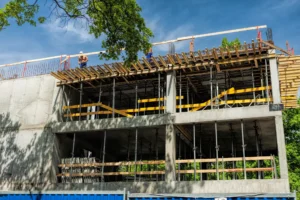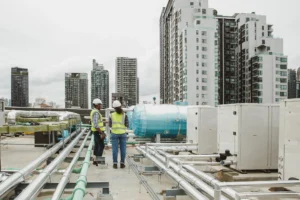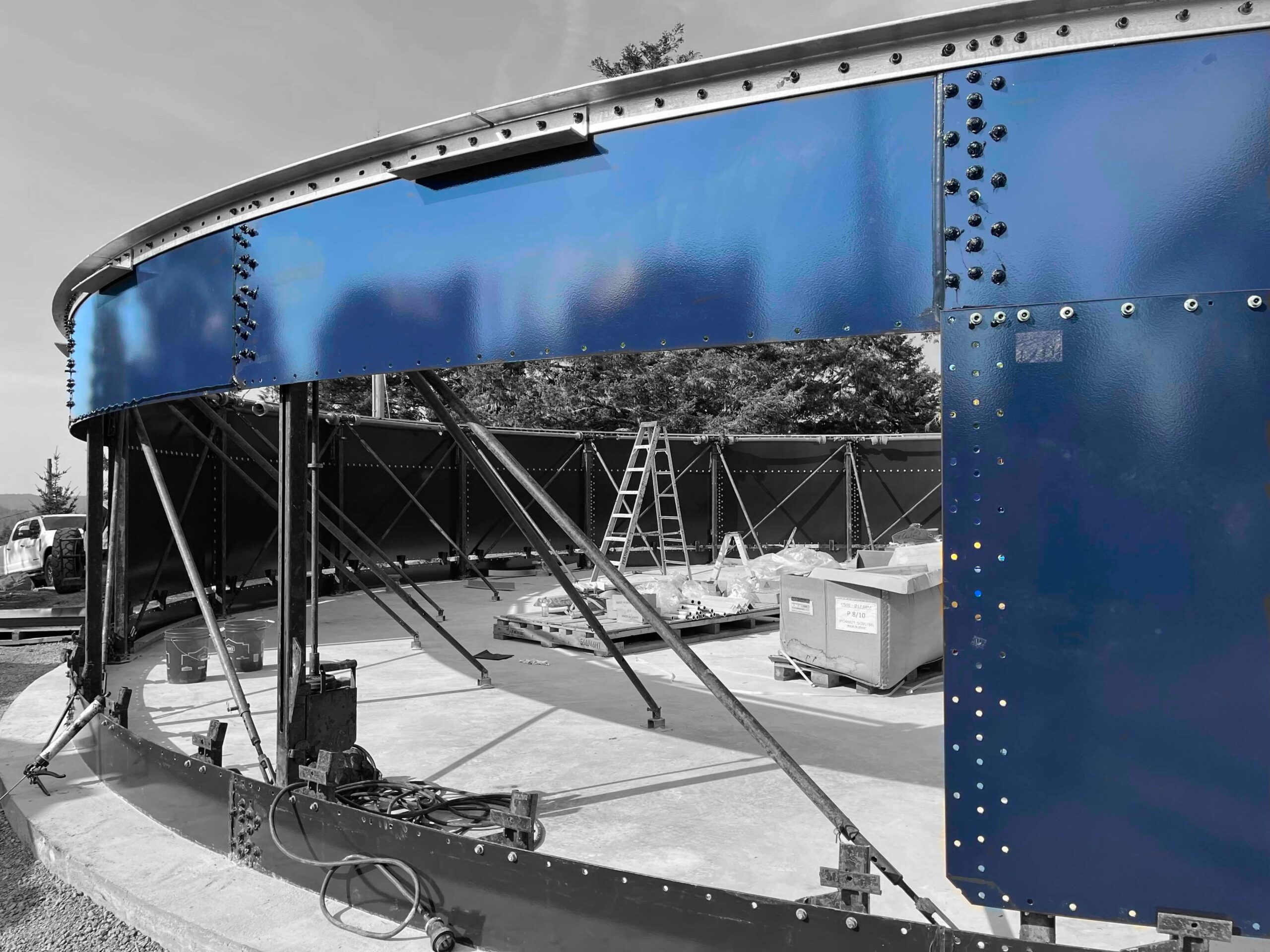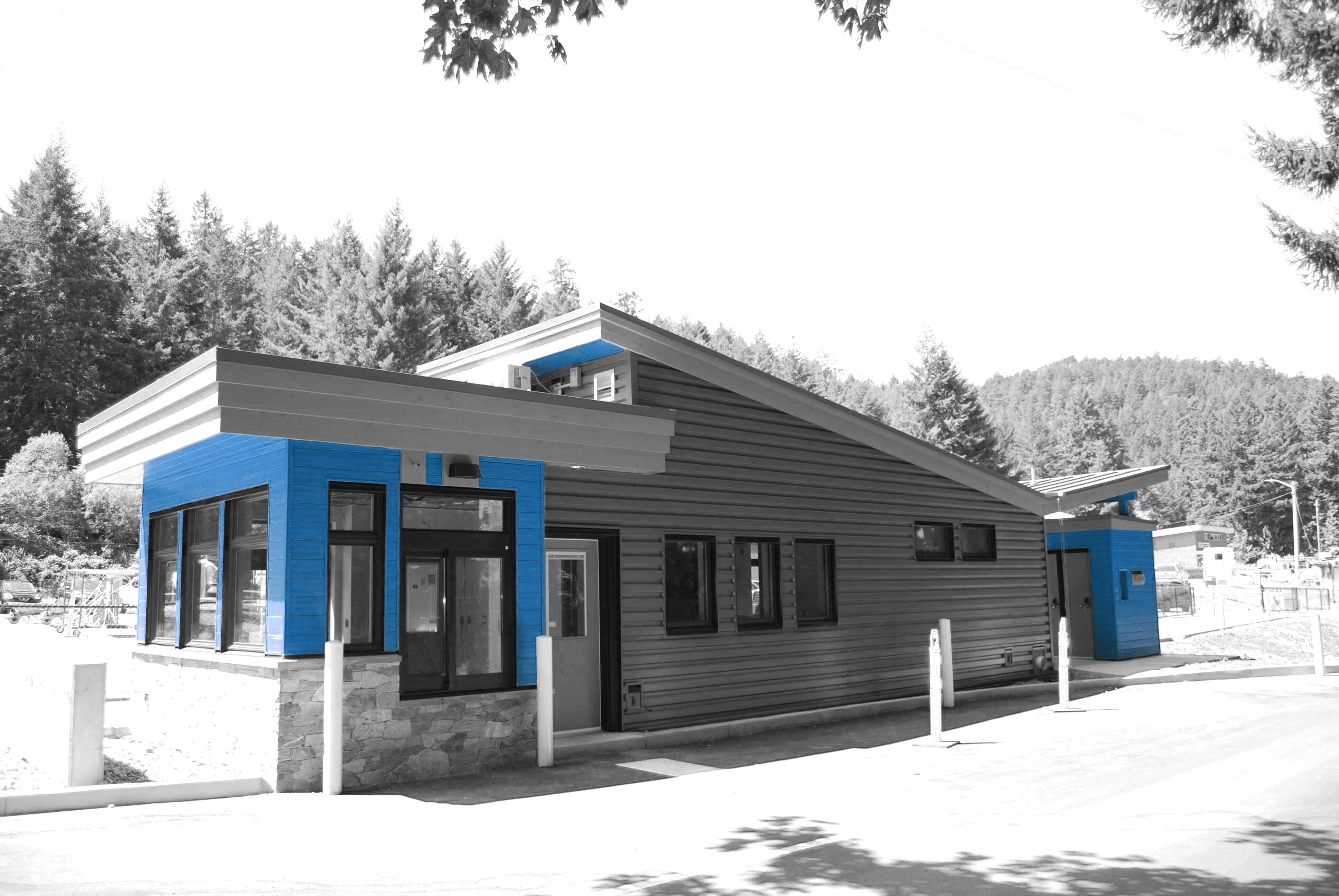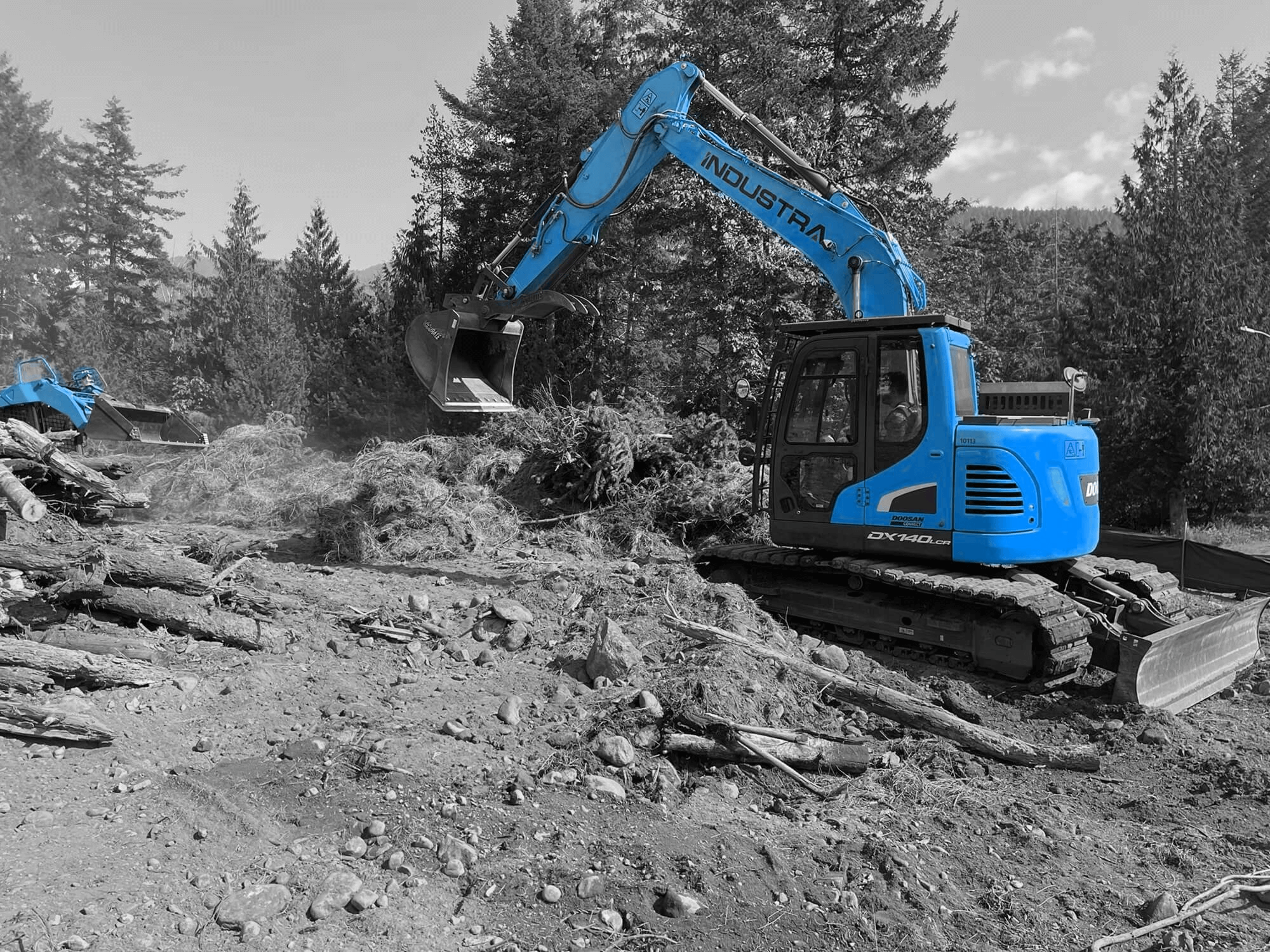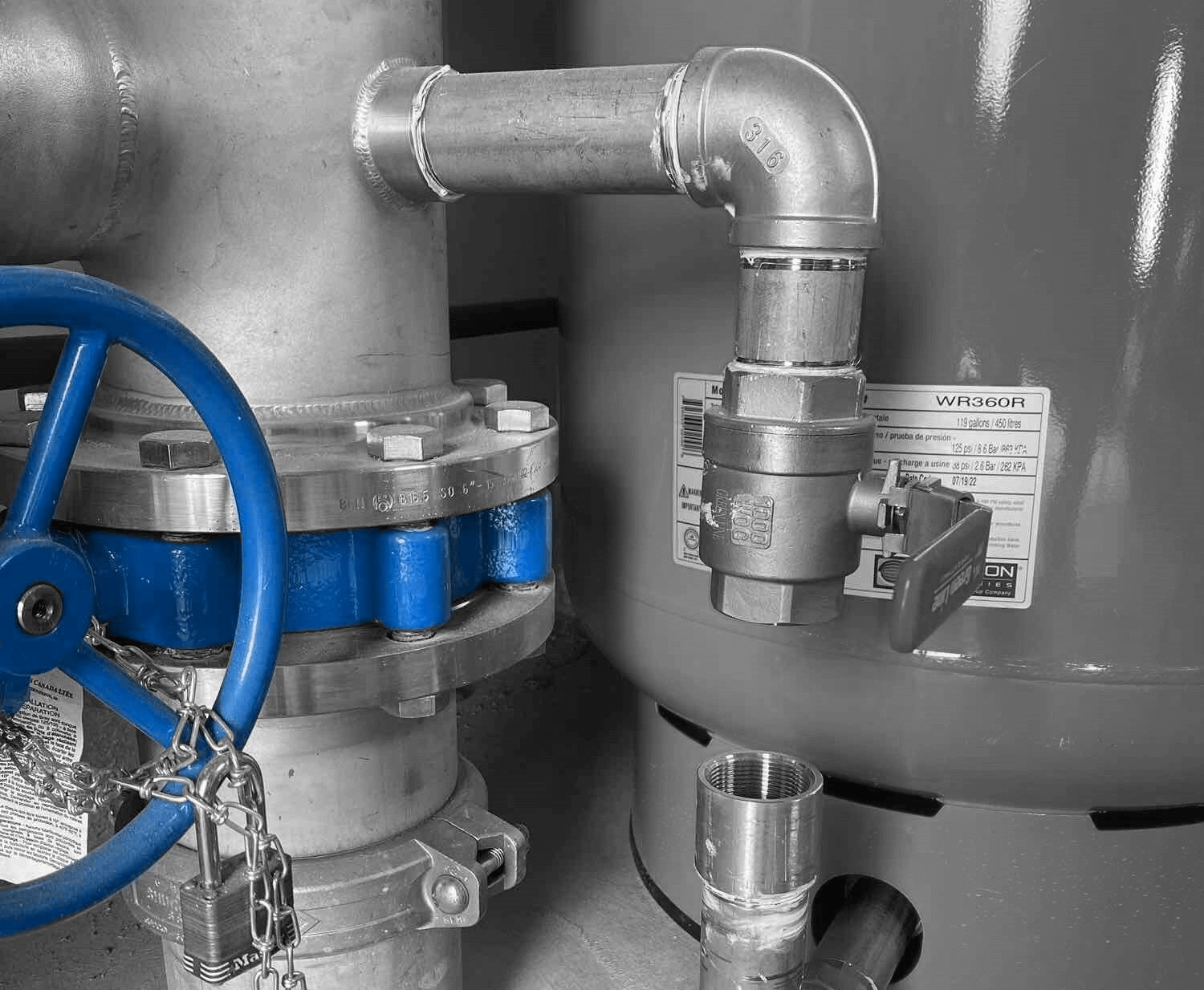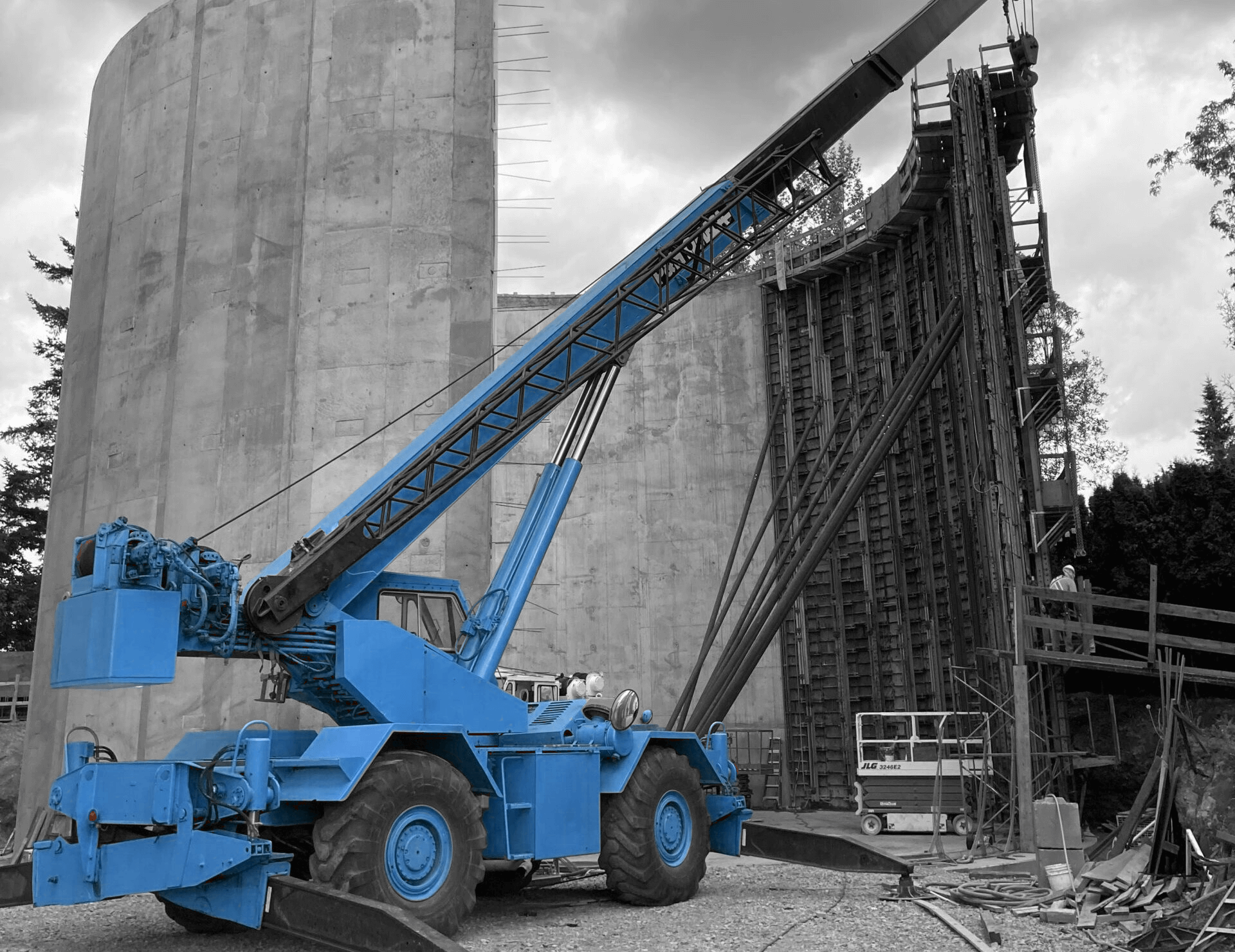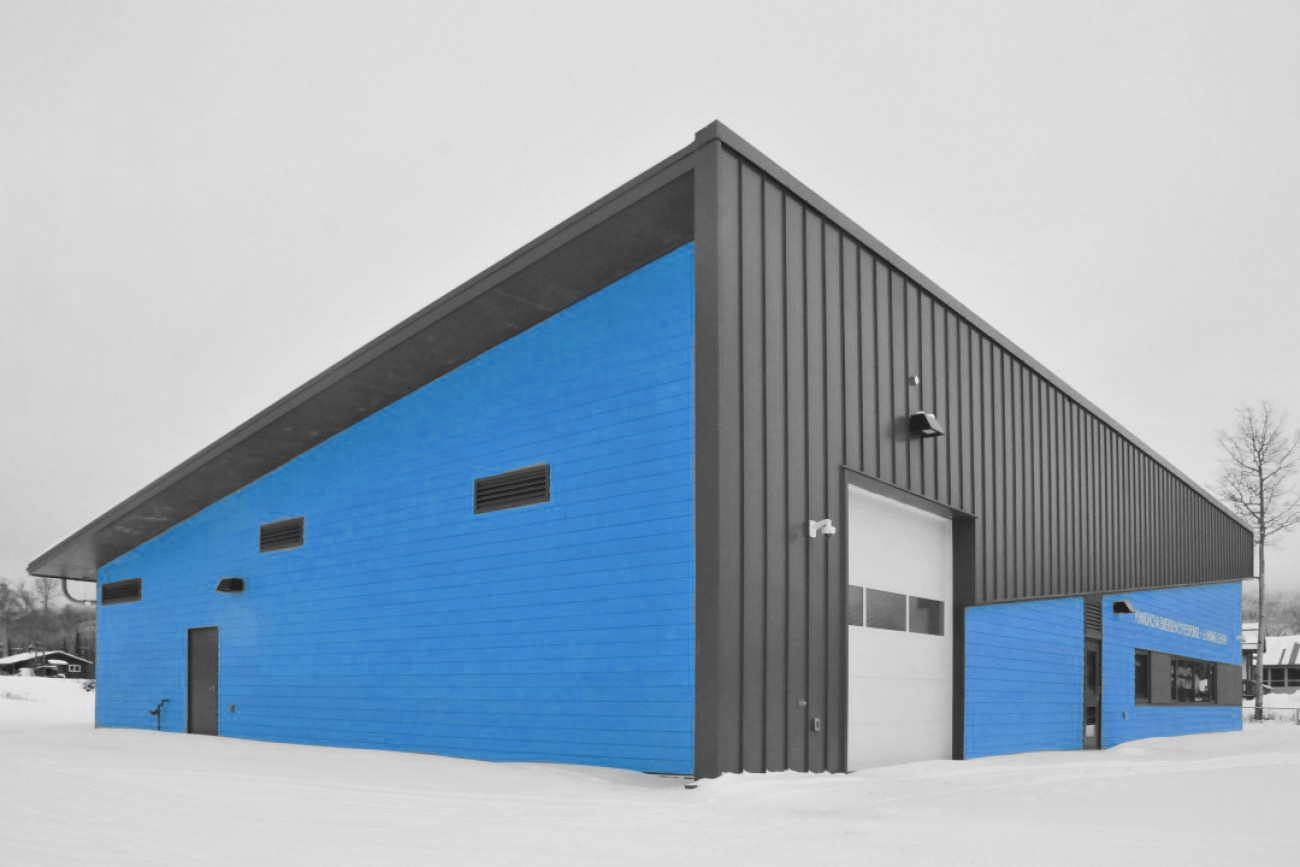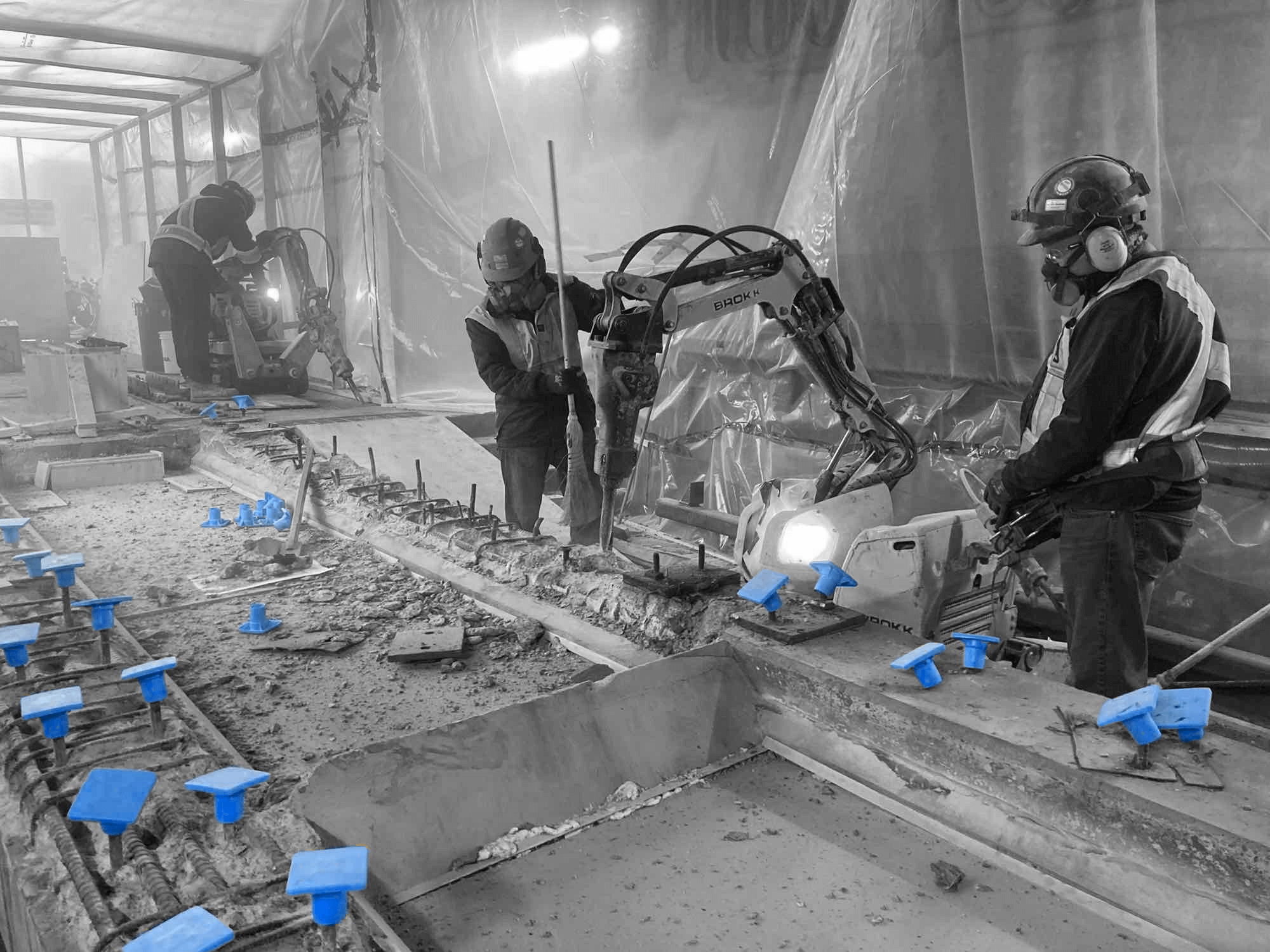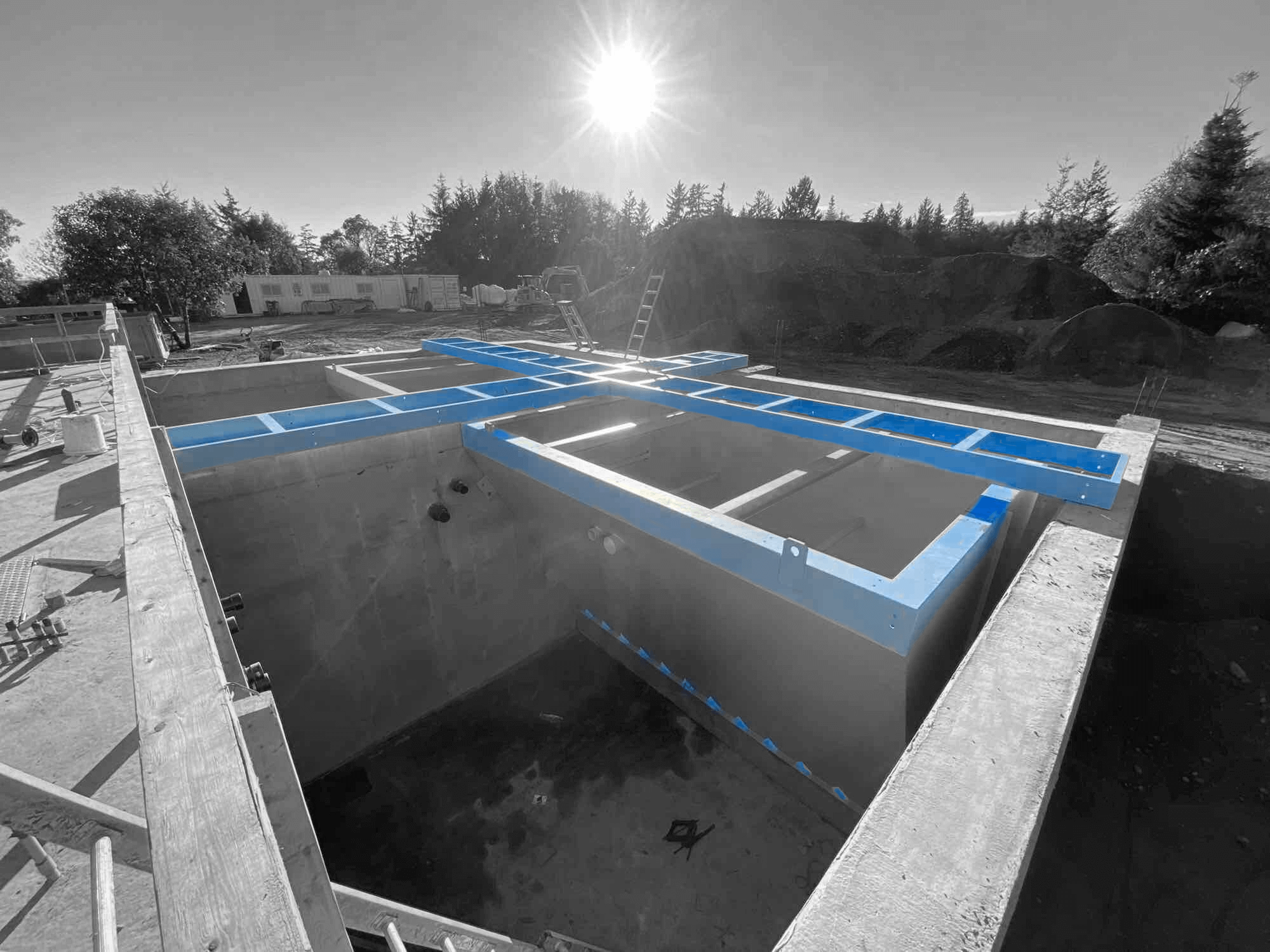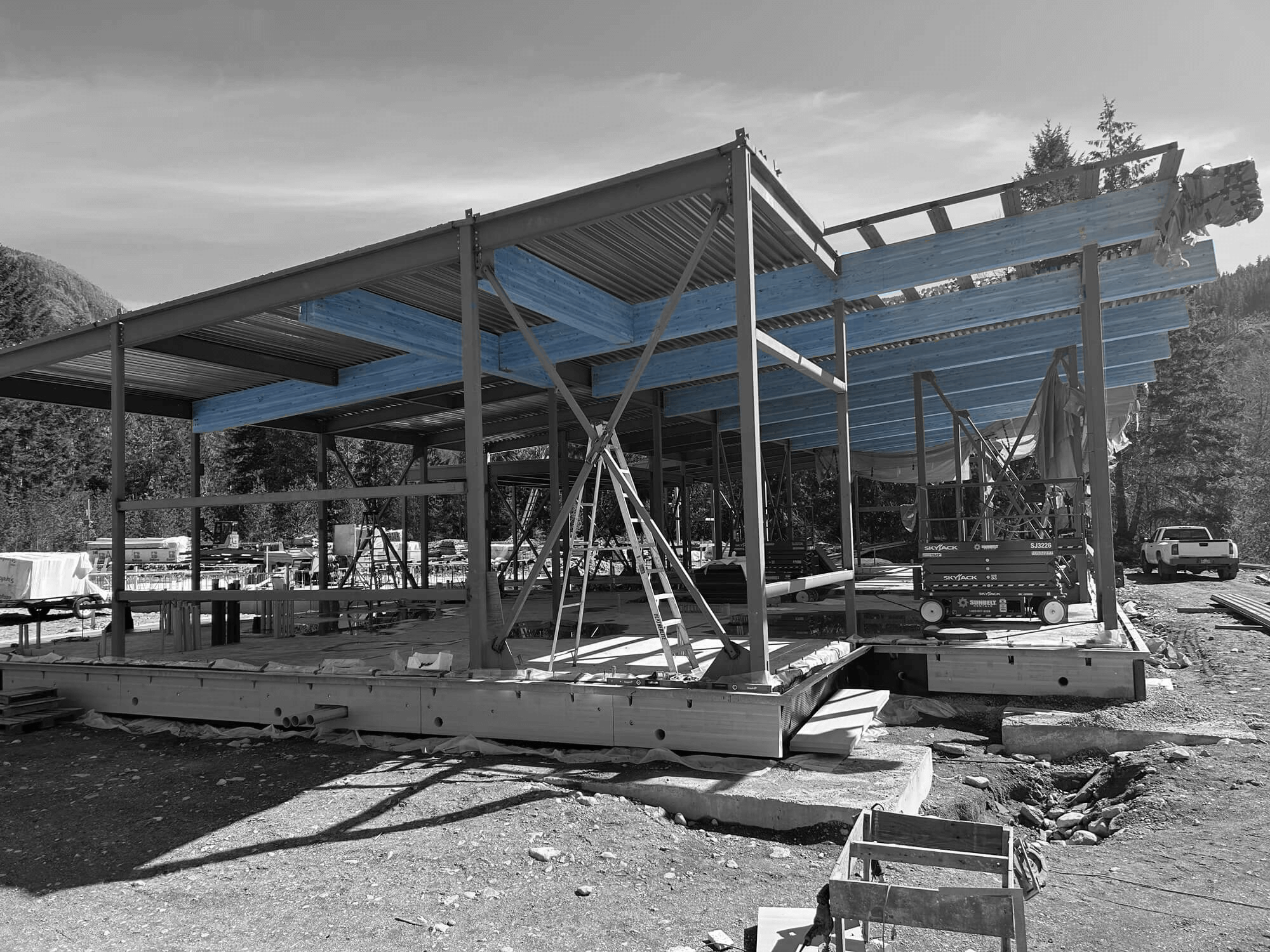Planning marine projects involves unique challenges and complexities that require meticulous attention and expertise. From understanding the ocean environment to ensuring that structures can withstand harsh marine conditions, each step requires detailed planning and execution. Addressing these challenges successfully ensures project stability, safety, and longevity.
One crucial aspect is effective project planning, which involves identifying the key elements crucial for the successful execution of marine construction projects. This includes careful site assessment, understanding tidal patterns, and selecting appropriate construction techniques. Additionally, advanced technologies for monitoring and safety play a vital role in maintaining the integrity of marine projects. These technologies help track environmental conditions and detect any potential issues early on, ensuring a proactive approach to problem-solving.
Effective coordination and communication among all stakeholders are also essential for the smooth progress of marine construction projects. This coordination ensures everyone involved, from engineers to contractors, is on the same page, which minimizes misunderstandings and delays. Lastly, implementing sustainability and environmental protection measures is vital to ensure that marine construction projects do not harm the natural ecosystem. Using eco-friendly materials, minimizing pollution, and protecting marine life are key considerations in sustainable marine construction.
By focusing on these crucial aspects, we can ensure that our marine construction projects are not only successful but also environmentally responsible. These measures help us create robust, sustainable structures that withstand the test of time and the elements.
Key Elements of Successful Marine Project Planning
Successful marine project planning starts with a thorough site assessment. Conducting detailed surveys helps us understand seabed conditions, wave dynamics, and tidal patterns. This information is crucial for selecting appropriate construction techniques and materials. For example, knowing the seabed composition can guide decisions on foundation types, such as using deep pile foundations in sandy areas. Understanding tidal movements helps ensure that construction activities are scheduled to avoid high tide periods, minimizing risks and delays.
Permitting and regulatory compliance are also key elements. Navigating the complex landscape of marine regulations requires a deep understanding of local, provincial, and federal laws. Obtaining necessary permits involves detailed documentation and stakeholder consultations. Ensuring compliance not only prevents legal issues but also aligns the project with environmental protection standards. This careful planning phase sets the foundation for a smooth and efficient construction process.
Risk management is another crucial component. Identifying potential risks early on allows us to develop strategies to mitigate them. Risks could include severe weather conditions, unexpected geological issues, or disruptions in the supply chain. Creating contingency plans ensures that the project can proceed with minimal interruptions. By addressing these key elements during the planning phase, we set the stage for a successful marine construction project.
Advanced Technologies for Monitoring and Safety
Incorporating advanced technologies enhances monitoring and safety in marine construction. One valuable technology is real-time environmental monitoring systems. These systems track factors like wave heights, water currents, and weather conditions, providing up-to-date data throughout the project. Using this data, we can make informed decisions and adjust construction activities as needed to maintain safety and efficiency.
Drones and unmanned aerial vehicles (UAVs) offer another layer of oversight. Drones can conduct aerial surveys and inspections, providing high-resolution images and videos of the construction site. This helps us identify any issues or anomalies that may not be visible from the ground or water level. Drones are especially useful for inspecting hard-to-reach areas like the undersides of bridges or offshore structures.
Safety technologies are equally important. Wearable devices that monitor workers’ vital signs and environmental conditions can alert us to potential health hazards. For instance, these devices can warn about excessive heat or cold, ensuring that workers take necessary precautions. Additionally, automated machinery with built-in safety features reduces the risk of human error and accidents.
By integrating these advanced technologies, we can enhance the overall safety and efficiency of marine construction projects. Real-time monitoring allows for quick responses to changing conditions, while advanced safety measures protect both workers and the environment.
Effective Coordination and Communication Among Stakeholders
Effective coordination and communication among all stakeholders are vital for the success of marine construction projects. One of the best ways to achieve this is through regular project meetings. These meetings help keep everyone informed about the project’s progress, upcoming tasks, and any potential issues. They also provide a platform for team members to voice concerns and provide input, ensuring that everyone is aligned. Clear and concise communication helps prevent misunderstandings and ensures that all team members are on the same page.
Using project management software can enhance coordination efforts. Tools that facilitate real-time updates, document sharing, and task assignments help streamline project workflows. These platforms allow project managers, engineers, contractors, and clients to collaborate effectively, even from remote locations. Consistent use of these tools ensures that everyone has access to the latest information and can make informed decisions quickly.
Stakeholder engagement is another key aspect. Keeping clients, regulatory bodies, and community members informed and involved throughout the project’s lifecycle helps build trust and support. Regular updates through progress reports, community meetings, and public notices help maintain transparency. Addressing stakeholder concerns promptly and incorporating their feedback ensures that the project moves forward smoothly and successfully.
Implementing Sustainability and Environmental Protection Measures
Implementing sustainability and environmental protection measures is critical in marine construction to safeguard natural ecosystems. One effective approach is selecting eco-friendly materials. Using recycled or sustainably sourced materials reduces the environmental impact and minimizes resource depletion. For example, incorporating recycled steel and using biodegradable erosion control products can significantly enhance the project’s sustainability.
Another important measure is employing construction practices that minimize environmental disruption. Techniques like silt fencing and sediment control help prevent soil erosion and water pollution during construction. Implementing buffer zones around sensitive areas, such as coral reefs or mangroves, helps protect these ecosystems from construction-related disturbances. Additionally, proper waste management practices, such as recycling construction debris and reducing waste generation, contribute to environmental protection.
Utilizing renewable energy sources on-site is also beneficial. Installing solar panels or using wind turbines to power construction activities reduces reliance on fossil fuels and lowers the project’s carbon footprint. Water conservation practices, like using non-potable water for dust control and equipment cleaning, help preserve local water resources.
By focusing on sustainable and environmentally friendly practices, we can create marine construction projects that are both resilient and responsible. These measures ensure that we protect the natural environment while meeting project goals and requirements.
Final Thoughts
Marine construction projects demand meticulous planning, advanced technology, effective coordination, and a strong commitment to sustainability. Key elements such as thorough site assessments and risk management lay the groundwork for successful project execution. Integrating advanced technologies enhances monitoring and safety, ensuring that the project progresses smoothly and efficiently.
Effective coordination and communication among stakeholders help keep everyone aligned and informed, reducing the chances of delays and misunderstandings. Incorporating sustainability and environmental protection measures ensures that our projects do not harm the natural ecosystems we are working in. Using eco-friendly materials, employing environmentally responsible construction practices, and utilizing renewable energy sources are essential steps toward sustainable marine construction.
At Industra Construction Corp., we are dedicated to delivering high-quality, sustainable marine construction projects. If you are planning a marine construction project and want to ensure it is handled with expertise and environmental responsibility, contact Industra Construction Corp. today. Let’s work together to build robust and sustainable marine structures that stand the test of time.


